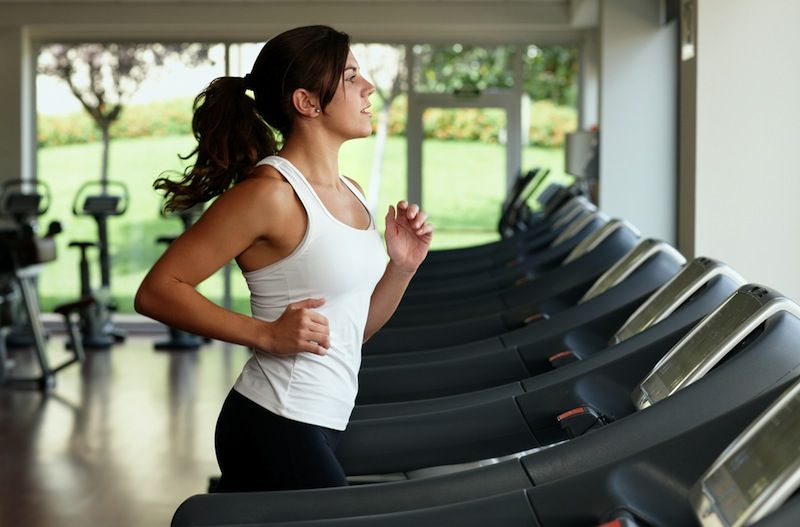Exercise Can Change How You See the World

Exercise may leave people feeling less anxious because they perceive their environments as less threatening, a new study suggests.
In the study, researchers asked students to watch an animation of a figure that could be perceived as moving toward or away from the viewer, and found that the students who exercised viewed the figure as less threatening. This finding suggests that exercise could reduce anxiety by fostering the perception of a more positive environment, the researchers said.
"You're seeing this world as a little less threatening" after exercise, said study researcher Adam Heenan, a Ph.D. candidate in clinical psychology at Queen's University in Canada. Heenan said the findings could have implications for people who suffer from anxiety.
Previous research has showed that people with anxiety tend to perceive dangers more acutely, and the world as more threatening, than their less-anxious peers.
"Exercising and doing relaxation techniques are already known to be good for anxiety, but this shows there is another potential benefit, because if you're perceiving the world as less threatening, that's less stuff you have to deal with," Heenan said. [11 Tips to Lower Stress]
In the study, the 66 students either stood still, walked or jogged on a treadmill, and then watched an animation of a humanlike stick figure. The figure's orientation was ambiguous, and could be perceived as walking away or toward the viewer.
Heenan said most people would perceive the figure as walking toward them, because of a bias called "facing-the-viewer" bias: people may have evolved to view a silhouette in the distance as a potentially approaching threat that they should prepare to meet; if, instead, the figure was moving away, it wouldn't matter.
Sign up for the Live Science daily newsletter now
Get the world’s most fascinating discoveries delivered straight to your inbox.
This bias is amplified in socially anxious people, Heenan said. "If you're anxious, you're paying attention to more anxiety-inducing things, whether that's external or internal," he said.
Carson Smith, a neuroscientist at the University of Maryland, said the effect is best described by the example of an anxious person viewing a garden hose as a snake, because their perception of threats is heightened.
The students in the study who walked or jogged were more likely to say the figure was walking away from them than were the students who stood still on the treadmill. This finding suggests their "facing-the-viewer" bias was reduced, and they felt less threatened.
Smith said the new findings are consistent with what his own research has found: that exercise reduces a person's bias toward threatening faces.
Together, the studies suggest that exercise modifies people's perception of threats, he said.
Heenan said the new study is preliminary but does support the use of relaxation techniques such as yoga or physical exercise. "Immediately afterwards, not only will people feel better because of the physiological effects of these tasks, as well as the improved self-esteem, but they potentially could also be getting a protective benefit of not directing as much attention to processing worrying or anxiety-inducing things," Heenan said.
It's not clear how the effect lasts, and more research is needed to look at this, he said.
Follow Jillian Rose Lim @jillroselim & Google+. Follow us @livescience, Facebook& Google+. Original article on Live Science.











